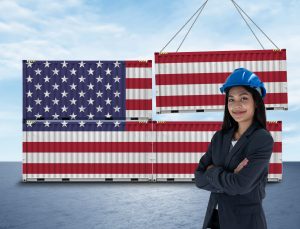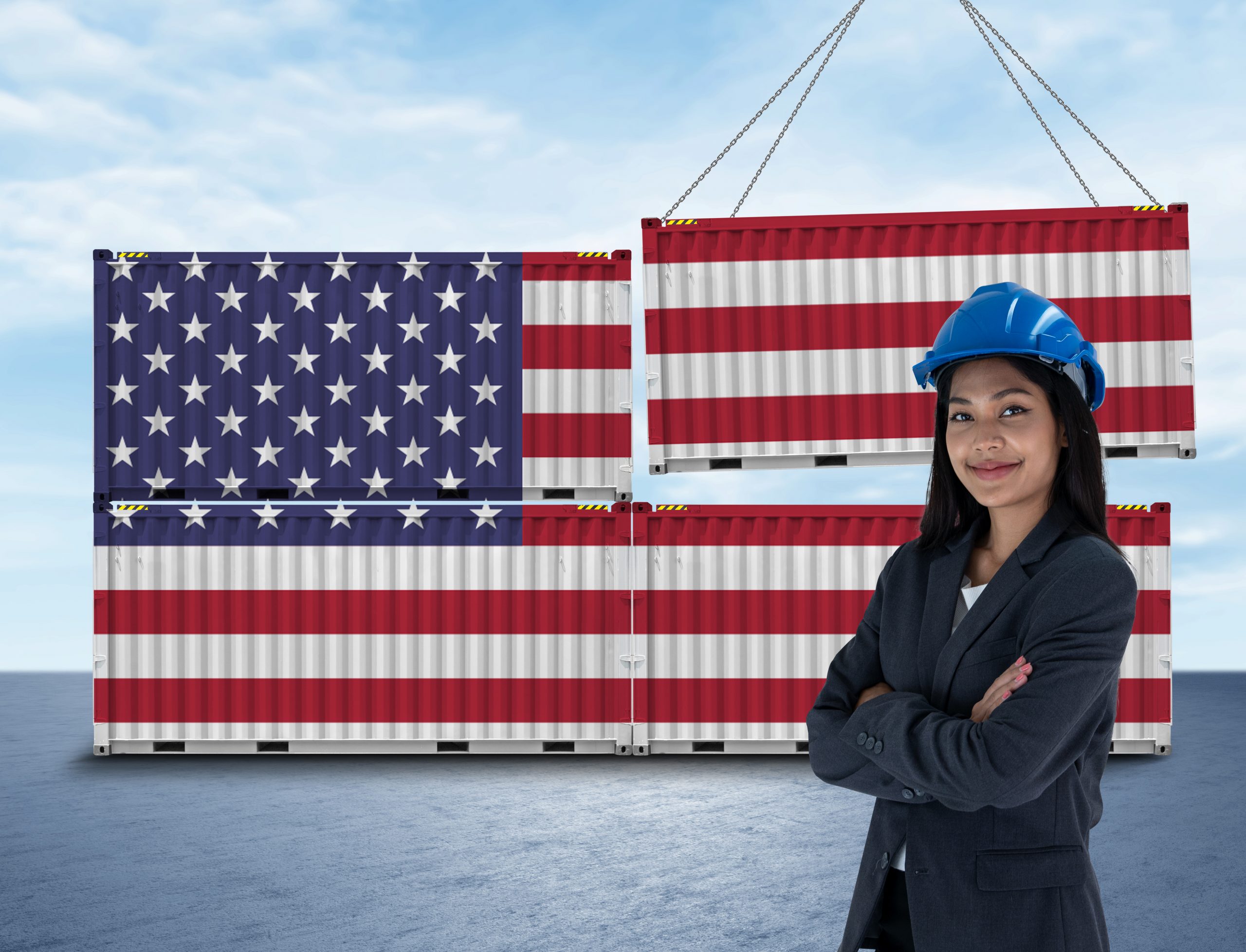Importers in the US need to stay abreast of what’s happening along the supply chain and with the regulatory framework set forth by CBP.
Today, we’ll be taking a closer look at section 232. Read on for more information!
What is Section 232?
In a breakdown on the subject, Investopedia shares a solid definition of the regulation:
“Section 232 of the Trade Expansion Act of 1962 authorizes the President of the United States, through tariffs or other means, to adjust the imports of goods or materials from other countries if it deems the quantity or circumstances surrounding those imports to threaten national security.”
Those that have been plugged into the political situation around tariffs might know that President Trump famously utilized Section 232 to begin a series of “tit-for-tat” tariffs with global trade giants like China.

In order to ensure that the exclusions are reflected properly, importers will have to offer brokers some information to file on their behalf properly. This includes the effective date, harmonized tariff system number, the approved docket number and the country of origin, alongside the approved product part number.
The importers should also indicate the exclusion on the invoice, and also offer evidence for the exclusion if needed.
Quota implications
Right now, the steel from South Korea is subject to the absolute quota. However, more companies might be subjected to the absolute quota for aluminum and steel on top of this. With that being said, the absolute quotas are applied according to the country of origin of that steel mill.
The export country is necessarily used to determine any Section 232 quota applicability, which is something to keep in mind as you file for import. In the case that the absolute quota is filled, then no more importations are allowed to the US for consumption.
If you are an importer of absolute quota articles, you must review which is the allotted quota amount at this time to prevent any possible issues that might arise. On top of that, there are some questions we must take into consideration.
For example, what products are covered by Section 232 and are subject to absolute quota? Steel mill articles and aluminum articles are certainly one type. That being said, specific types of steel mill and aluminum articles are a part of the Harmonized Tariff Schedule classifications.
How can you know if the quota is almost full?
It’s important to note that the CBP has an updated list for the quota status, and you can find that at https://www.cbp.gov/document/report/quota-status-reports.
You receive an update every Monday with data from the previous week. If the quota threshold nears, you can go and contact them for more up-to-date info.
Are there differences between entering the northern or southern border?
If the articles are imported by rail or truck, then the CBP offers a conditional release of the merchandise as it awaits the CBP quota headquarters. However, goods need to be kept intact until a status of quota accepted gets received.
And in case the quote is indeed filled, then you will receive a quota rejected message.
In that situation, the goods either need to be destroyed under the CBP supervision or they have to be exported. Another solution is to remove them from being intact or distributing them.
—
It’s incredibly important to understand the absolute quota and exclusions, as they will, offer a good insight into the actions you want to take and how you can address the entire situation. To make sure you move your goods into the US safely and without issue, team up with an experienced customs broker!






